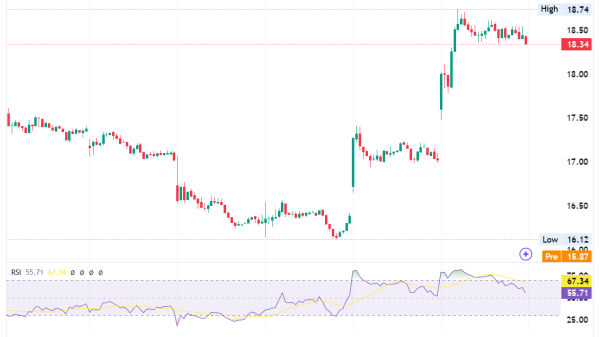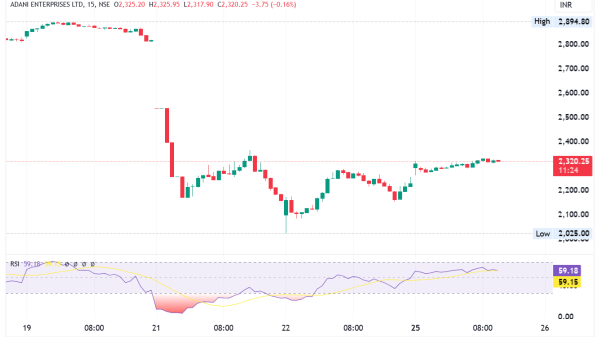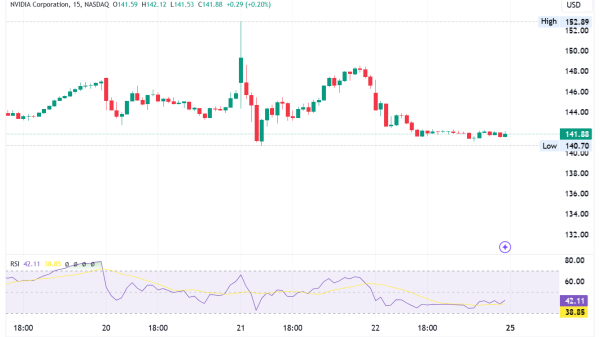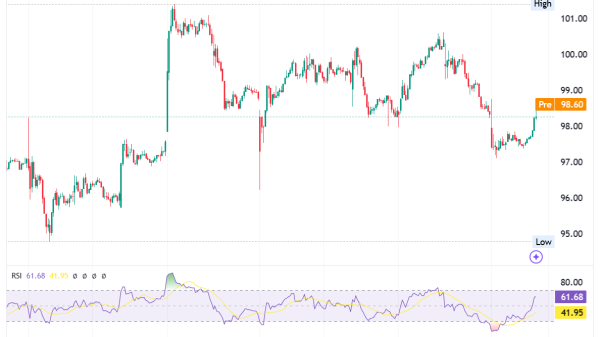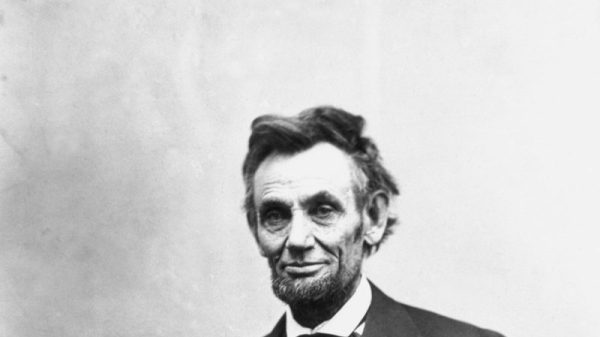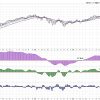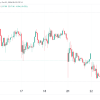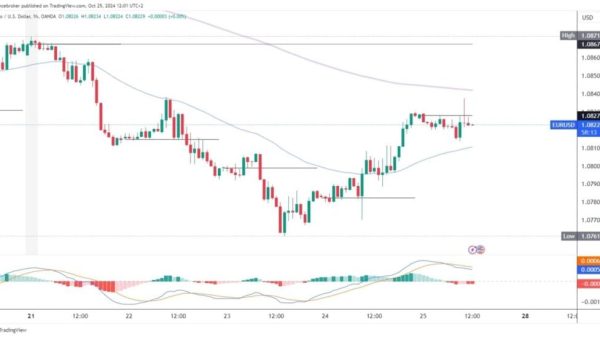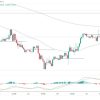
WASHINGTON (Reuters) – The U.S. economy grew at a solid clip in the third quarter, the government confirmed on Wednesday, amid robust consumer spending.
Gross domestic product increased at an unrevised 2.8% annualized rate, the Commerce Department’s Bureau of Economic Analysis said in its second estimate of third-quarter GDP.
Economists polled by Reuters had forecast GDP would be unrevised. Slight downward revisions to consumer spending, government outlays and exports, were offset by upgrades to private inventory accumulation, business investment as well as state and local government spending.
The economy grew at a 3.0% pace in the April-June quarter. It is expanding at a pace that is well above what Federal Reserve officials regard as the non-inflationary growth rate of around 1.8%.
Consumer spending, which accounts for more than two-thirds of economic activity, grew at a still-brisk 3.5% pace. That was revised down from the previously estimated 3.7% rate.
A measure of domestic demand that excludes government spending, trade and inventories increased at an unrevised 3.2% pace. Domestic demand increased at 2.7% pace in the second quarter.
National after-tax profits without inventory valuation and capital consumption adjustments increased $0.2 billion, or were unchanged in percentage terms last quarter. They increased 9.6% from the same quarter one year ago.
Profits of domestic financial firms decreased $2.6 billion, while those of non financial institutions increased $30.8 billion. Profits from the rest of the world fell $38.3 billion.
When measured from the income side, the economy grew at a 2.2% rate last quarter. Gross domestic income (GDI) increased at a downwardly revised 2.0% pace in the second quarter.
GDI was previously estimated to have increased at a 3.4% pace in the April-June quarter.
In principle, GDP and GDI should be equal, but in practice they differ as they are estimated using different and largely independent source data. Annual benchmark revisions have sharply narrowed the gap between GDP and GDI.
The average of GDP and GDI, also referred to as gross domestic output and considered a better measure of economic activity, increased at a 2.5% rate last quarter, matching the second quarter’s downwardly revised pace.
Gross domestic output was previously reported to have advanced at a 3.2% pace in the April-June quarter.











